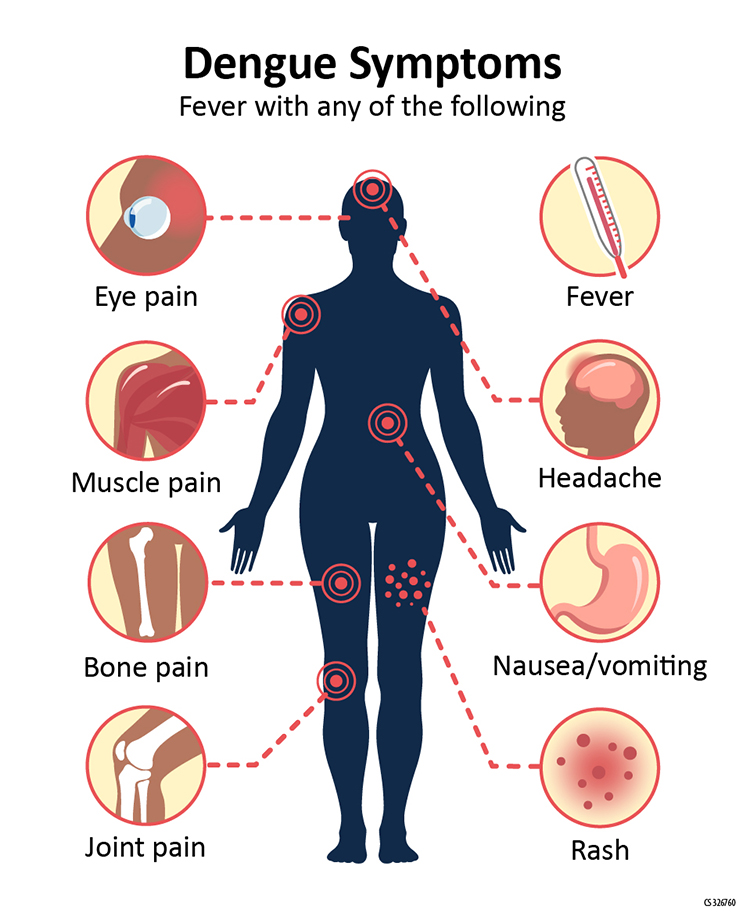Health officials have reported a dengue outbreak in Kathmandu and other parts of the country. According to the Epidemiology and Disease Control Division (EDCD), 70 districts across the country have reported a rise in the disease-incidence. Between January and July, there have been over 1,100 known dengue cases. Pratik Ghimire of ApEx talks to Dr Baburam Marasini, public health expert and former EDCD director.
Can you briefly explain dengue’s history in Nepal?
Nepal saw a massive outbreak of malaria in 1958. To fight the disease, a program was launched to eradicate malaria with the assistance of the US. The situation had become largely normal by the 2000s but soon after the program was discontinued, the number of mosquito-borne diseases started to increase again. The first case of dengue in Nepal was reported in 2004 and since, we have been seeing the disease every year, particularly in the Tarai districts. In 2010, over 900 dengue cases and five deaths were reported, in what was Nepal’s first dengue epidemic. Dengue was classified as an epidemic in 2016, 2017, 2018 and 2019 as well, with the disease stalking more than 60 districts.
Dengue used to be common only in the Tarai. But lately, cases have been seen in Kathmandu and other hill regions. What is that the case?
Kathmandu’s weather was not suitable for the mosquitoes carrying dengue virus until a couple of years ago. But in recent years, Kathmandu has witnessed a rise in temperature. As a result, the mosquito species (Aedes aegypti) known to spread dengue and malaria started migrating to Kathmandu and other hill districts. Climate change has contributed to this situation. An infected mosquito lays 500 to 1,000 infected eggs in its lifespan of around 30 days and has a coverage area of 500 meters. So, it won’t take long for infection to spread. 
What can we do to protect ourselves against dengue?
The most important thing is not to let mosquitoes breed in our surroundings. Mosquitoes breed in stagnant water, so people should maintain clean surroundings. Discarded tires are chiefly to blame for spreading dengue. They are ideal breeding grounds for dengue-causing mosquitoes. They should be properly disposed. The water in the air conditioner should also be regularly changed, so that the mosquitoes cannot breed there. It is also important to regularly clean our bathrooms and areas where water accumulates. Installing wire mesh on doors and windows, wearing full-sleeve clothes and using mosquito repellent lotion are also effective solutions.
Can there be policy-level interventions to eradicate dengue?
There must be strict laws. First, the government must regulate the way discarded tires are managed. They must be packed in plastic and should not contain water inside. For mosquitoes, tires are the best place to breed as the rubber does not absorb collected water. Lots of tires were burned during protests in Tarai over the new constitution in 2015. This led to a significant decline in mosquito-borne diseases in the region around that time. So you can see how discarded tires can spread dengue and malaria. Covering open drains and sewage systems is also important. Local governments must maintain them for the sake of public health.
The local governments have used fogging to fight dengue. Is that a good way out?
No. Fogging only kills mosquitoes, it does not eradicate them. Our program must focus on destroying mosquito larvae. Besides, fogging also kills other insects like honey bees and butterflies. It is in fact harmful to public health as well. Authorities are launching mosquito-fogging drives just to show that they are doing something to prevent mosquito-borne diseases. They should stop this publicity stunt and do some real work.












